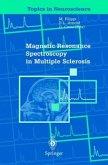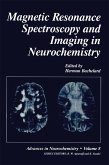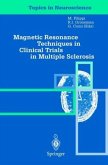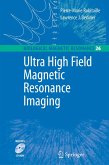Recent years have witnessed dramatic advances in the development and use of magnetic resonance imaging (MRI) techniques that can provide quantitative measures with some degree of pathological specificity for the heterogeneous substrates of multiple sclerosis (MS). Magnetic resonance spectroscopy (MRS) is one of the most promising of these techniques. Thanks to MRS, axonal damage is no longer considered an end-stage phenomenon typical of only the most destructive lesions and the most unfortunate cases, but rather as a major component of the MS pathology of lesions and normal-appearing white matter at all the phases of the disease. This new concept is rapidly changing our understanding of MS pathophysiology and, as a consequence, the therapeutic strategies to modify the disease course favorably. Many of the authors have pionereed the use of MRS in MS, thus contributing to the foundation of the "axonal hypothesis".








